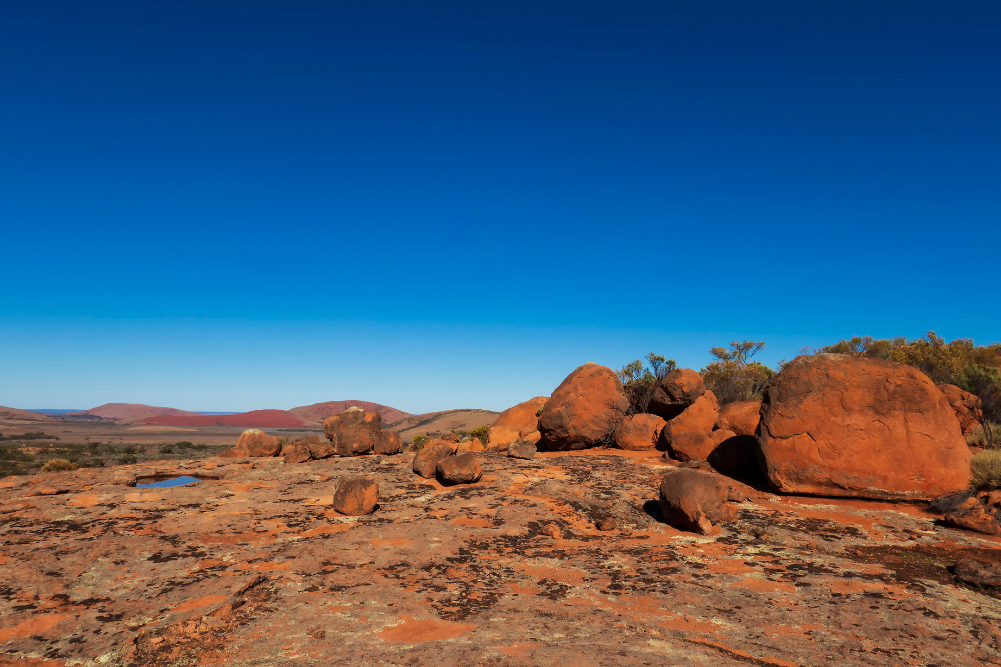The Dust Detox
Do you hate dusting the house. If you are a dust-a-phobe then this story is for you. It might just be the ultimate excuse to not do the dusting because, wait for it, new research suggests that your house dust might be making you healthy!
Of course what follows does not apply to those folk who suffer from allergies to components of house dust but for everyone else it seems that house dust might be reducing your indoor air pollution.
Any discussion of this ilk must begin with the obligatory discussion of what house dust is made of. If you are of a squeamish disposition then turn away now, but for those of who have had their resolve hardened by the prospect of finding a reason not to dust; then read on MacDust!
The composition of house dust will of course vary from house to house but the general ingredient list will include; human skin, textile fibres, decomposing insect parts, pet dandruff, human hair, animal hair, food leftovers, pollen grains, mould spores, bacteria, insulation, sand, dust mite and dust mite poo.
Human skin was put at the head of this list because, aside from insect poo, it seems to be the item of this list that elicits the most discomfort and nose wrinkling. Various reports will breathlessly mention that as much as 80 per cent of house dust is made of human skin. This is neither verified or uniform but certainly there is a fair bit of the old epidermis floating about your desktop or nestling on your television. The exact percentage by composition is not important but what is relevant is that it is the human skin portion of house dust that has the capacity to clean your internal air.
Human beings shed their entire outer layer of skin every two to four weeks. Every day you shed around 500 million skin cells, that translates to about 85mg of skin flakes every hour. Not all of these skin cells make their home atop your soft furnishings of course. Millions are washed down the drain when you shower or wash your hands and millions more cling lovingly to your clothes. There are some however, that make their way into the open areas and nether regions of your abode and make their contribution to dust.
The thing about these skin portions is that contain skin oils including cholesterol and squalene. Research in the past has suggested that squalene from passenger’s skin in aircraft can decrease ozone levels in the cabin. In those studies more than half of ozone removal in aircraft cabins was found to be due to squalene from human skin.
In the new study the cleansing effect of human skin in homes and day care centres was measured. Dust samples from 500 children’s bedrooms (of children aged 3-5) and from 151 daycare centres were taken. The testing showed that squalene from dust reduced indoor ozone levels by up to fifteen per cent.
There you have it; the ultimate excuse to not do the dusting (for one day anyway) is that you are just reducing the ozone levels a little.
Source: Environmental Science and TechnologyMeanwhile if you visit Meijer Ad that contains mostly likewise discounts with Winn Dixie Ad you surely have a range like ALDI Ad.







